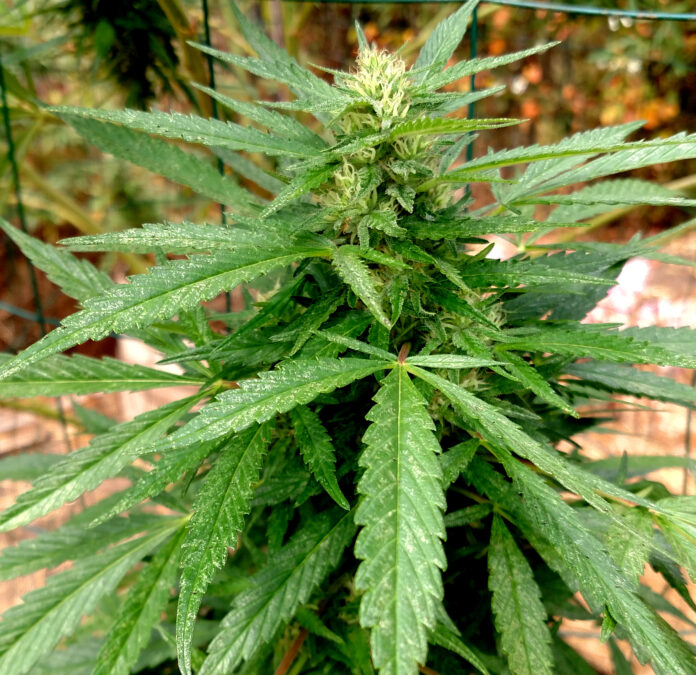An environmental report released this week lists 14 “significant and unavoidable” environmental pitfalls associated with unchecked growth of cannabis cultivation in Santa Cruz County.
The report clearly states that the county “has the inability to effectively enforce and regulate unlicensed operations.”
County residents have until Monday, Oct. 16, to share their thoughts about the draft report of the environmental impact of local cannabis production.
The document, which began with a notice of preparation last February, is in the midst of a 45-day public comment period.
The Santa Cruz County Board of Supervisors will hold a public hearing shortly after the first of the year.
A proposed regulations workshop will take place from 5:30 – 7:30 p.m., Thursday, Sept. 14, in the supervisors’ chambers on the fifth floor of the county building at 701 Ocean St.
Speakers at the workshop will include the California Department of Fish and Wildlife and the Central Coast Regional Water Quality Control Board discussing state-level requirements for licensing with these agencies. Themes will include Streambed Alteration Agreements (for which all licensees will need to apply), water diversions, requirements applicable to sensitive habitat and listed/protected species, and new dry season rules for water withdrawals.
About a thousand local growers have applied for cannabis licenses in the county.
The draft environmental impact report explores potential problems with cannabis growers who avoid the licensing process. The negative-impact list for illegal grows includes:
• Substantial pollutant concentrations and objectionable odors.
• Potentially violating air quality standards.
• Being inconsistent with Monterey Bay Unified Air Pollution District guidelines.
• Threaten rare or endangered plant or wildlife, or conflict with adopted local plans.
• Causing adverse impacts on historical and archaeological resources.
• Expose people to unstable earth conditions, such as earthquakes and landslides.
• Potentially generate significant levels of GHG emissions inconsistent with the County of Santa Cruz Climate Action Strategy.
• Expose people to hazardous waste and fire risk.
• Polluting groundwater supplies and recharge.
• Conflicting with land-use plans or policies.
• Increasing demand for fire and police protection.
• Substantial population growth.
• Increased traffic.
To view the environmental impact online go to: www.santacruzcounty.us/cannabiseir













